





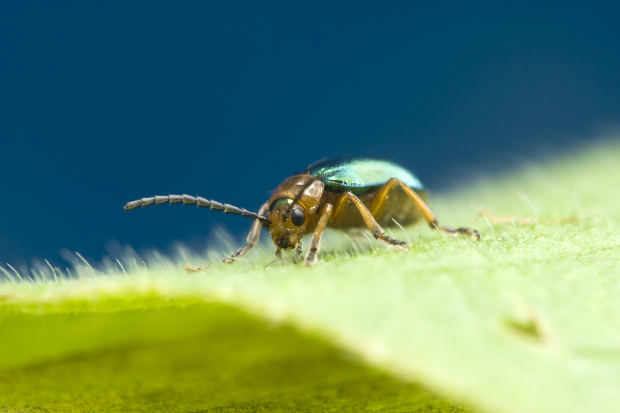
Well mid-summer is upon us, and if you’ve been out in the garden, you know this is peak time for pests to eat your rose buds, corn, lettuce and… well, and almost anything. Usually your favorites! Half the time we don’t even know they are there until they have done some significant damage, so start paying attention now, and squash them in their tracks! Here are the most common garden pests, and what you can do about them. We’ve included an organic control as the main treatment, but general garden sprays and powders can be used when that isn’t effective. Most broad general controls contain Sevin, but only use it if you have to. Always choose the least amount of chemical intervention possible to control the problem.
1. Aphids. Aphids have to top the list. Small, pear shaped bugs that can be clear, green or even tan, they clusters in stems and leaves and suck the juices from the plant. Blast them off with a strong spray of water, or use insecticidal soap for organic controls. Any general insect spray will take care of them, but make sure you use a kind safe for vegetable and herb use if you find them on your edibles. These are really easy to take care of organically because of their soft bodies, so don’t jump to chemical sprays.
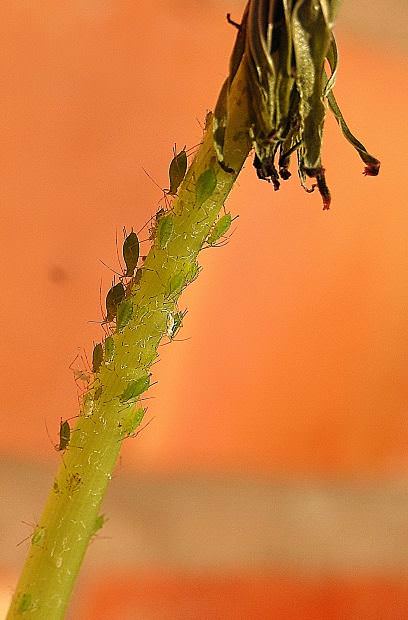
2. Caterpillars. Many different species, but all do the same damage… chewed leaves and flowers, even been known to mow down a plant right at the stems! Organic control includes hand picking, and actually squashing them, or spraying with Bt. (Bt is a biologic control sold anywhere organic solutions are found, most nurseries will know all about it!) Floating row covers work for veggies.
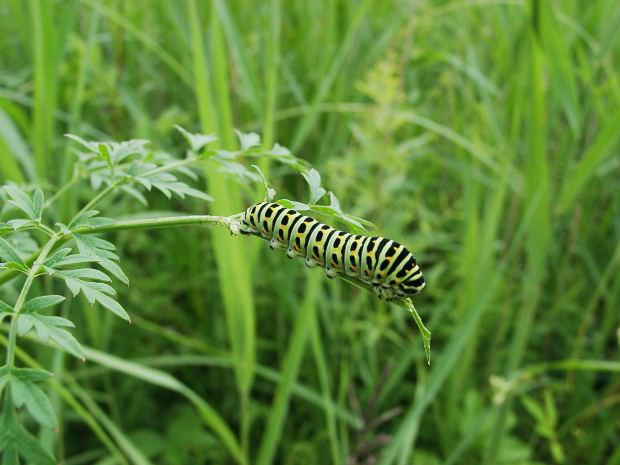
3. Corn Ear Worm. I’ve had it happen to me, go to shuck the corn you’ve been waiting for all summer, only to find a corn ear worm has beat you to that delicious ear of corn. Pull back a tiny bit of the husk at the tip and check for these little green worms… They can be removed with tweezers, and the damaged area just cut off, or you can use a dropper or squirt bottle to put a few drops of vegetable oil or Bt just inside the ear, as the silk is just starting to dry.
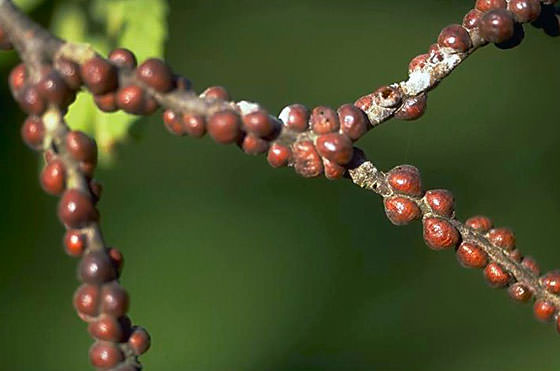
4. Scales. Scales look just like that… little red or brown scales over your ornamental plants stems and leaves. They suck out the sap like aphids, weakening the plant. Prune out and burn the infected plants, or try scrubbing them off with a brush. Neem oil or a summer organic oil spray can help as well.

4. Leaf Miner. Leaf miner creates squiggly lines through the leaves of plants. The damage does little harm to the plant, but it sure doesn’t look pretty, and it makes me mad when my spinach plants are covered in little lines. Just does, call me crazy. Spray susceptible plants early in the season with an insecticidal oil such as neem.
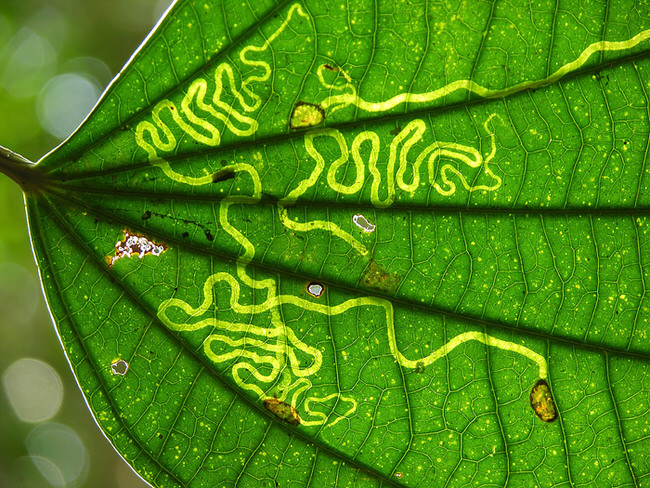
5. Japanese Beetle. A metallic looking blue/green/bronze beetle that can completely defoliate half your garden. Loves roses! You can shake them off the plant early morning and squash, spray with insecticidal soap, and use baited traps. Look for these early, because they can do a lot of damage very quickly. Japanese beetles are also commonly responsible for lawn grubs that turn you lawn brown in July… Treat with beneficial nematodes or a chemical lawn application if the infestation is bad. You can identify a lawn grub problem by peeling back a small section of sod. Grubs feed near the surface.
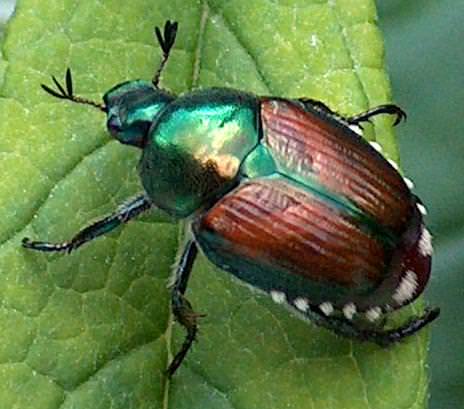
6. Colorado Potato Beetle. Not just in Colorado, folks! Orange beetles with black striped wings, they can defoliate potatoes, tomatoes, eggplant or petunias. Row cover, neem oil, or general garden spray.
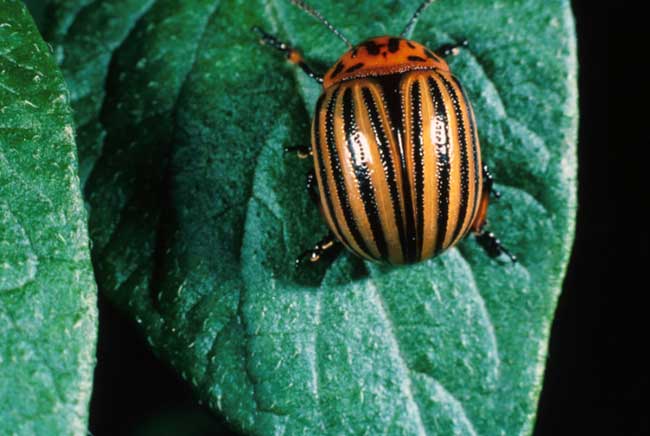
7. Whitefly. Whiteflies are prevalent in warmer climates, more so in late summer. A plant may look pale and weak, and when disturbed, clouds of tiny white insects fly into the air. The best treatment for whiteflies is to spray them off with strong water late in the day, then immediately apply an insecticidal soap. Repeat weekly until gone.
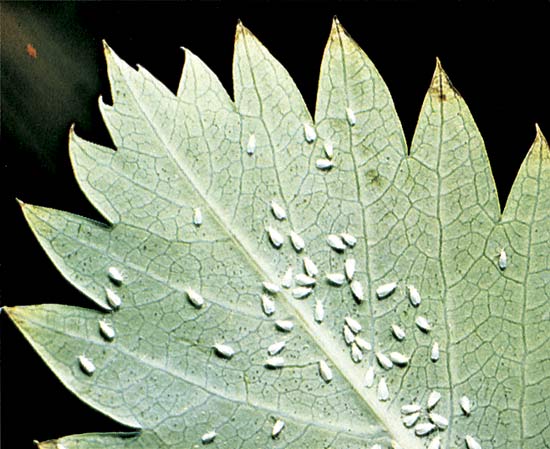
8. Slugs. We all know what slugs and snails look like, and how they eat your plants alive, so to speak. The best treatment is handpicking, best in the morning. Beer traps and sprinkling diatomaceous earth around the plants are also very effective.
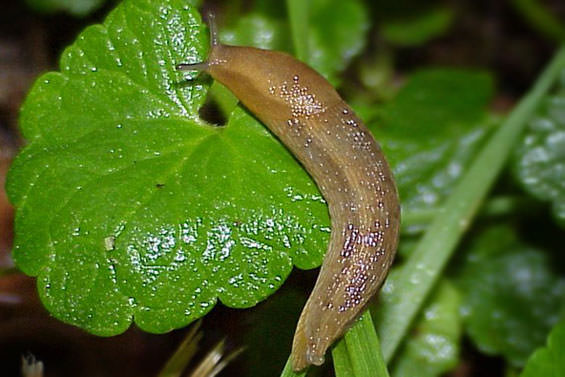
9. Squash Bugs. Gray, oval stink bugs that inject a toxin into plant tissue causing it to turn black and die. Also transmits disease. Really terrible pests in some areas, attacking squash, melons and pumpkins. Spraying eggs and juveniles with neem oil can be effective, but start early.
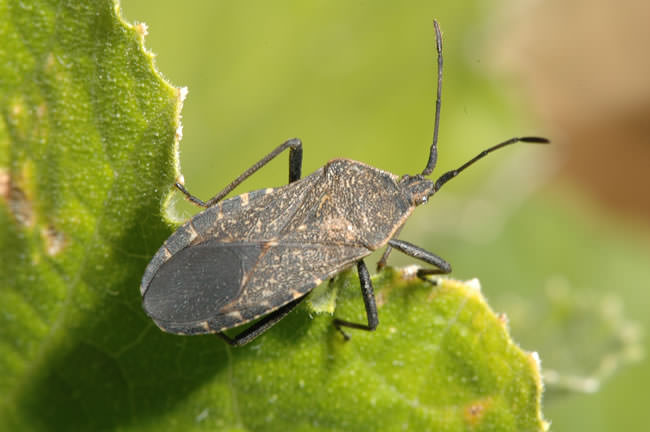
10. Grasshoppers. Lastly, the plague of grasshoppers. Late summer can be a time of great grasshopper damage, and we have all heard stories of crops being lost overnight to these pests. Chewed leaves are a tip off. Lightweight barriers or row covers are good choices for small crops. Encourage bug eating birds. If you live in an area where grasshoppers are a huge problem (Midwest, we’re looking at you) then try this. A naturally occurring fungus, Nosema locustae, weakens and kills grasshoppers when they eat it. Sold as Nolo Bait and Semaspore, this works over time. Last resort, chemical control.
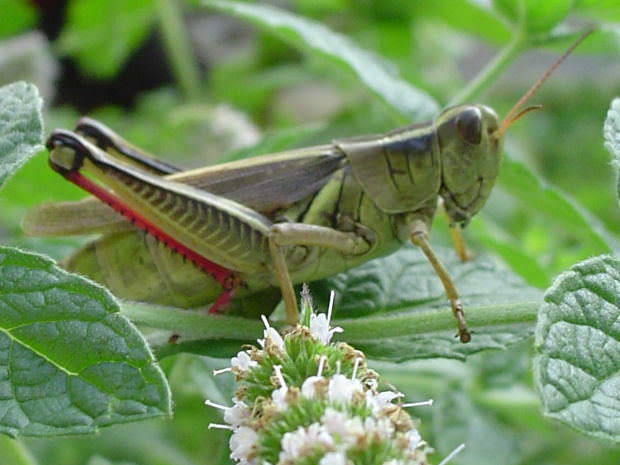
Have a bug problem you’ve solved? Share what has worked for you (or what hasn’t!) in our comments section, with all our TGG gardening readers!
Copyright © www.100flowers.win Botanic Garden All Rights Reserved